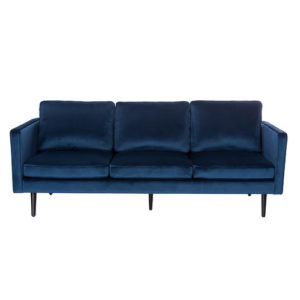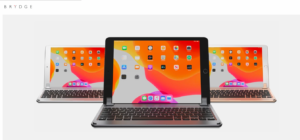Traditional satellite operators have shunned some parts of the Asia Pacific region and have left those areas disconnected from the rest of the world. They've deemed landlocked and remote regions as nonviable markets because of low purchasing power and high setup cost.
Where traditional satellite operators only saw impractical and unworkable markets, Kacific Broadband Satellite Ltd saw a business opportunity with a high return. The company also saw the potential in using the latest satellite technology to solve a decades-old problem in the Asia Pacific region.
Kacific uses a two-pronged strategy to penetrate the market successfully—a sustainable business model and a strategic choice of technology.
Sustainable Business Model
Kacific's move to adopt both a wholesale and a retail business model has commoditized the products and services it offers to end-users. By disrupting the value chain and partnering with localized authorized distributors and resellers to provide terminal kits, Kacific has reduced the entry cost of terminal kits by 40% in most markets, bringing it down to an average price of USD600, making broadband more affordable to enterprises and communities.
As Kacific targets almost only enterprise end-users, including SMEs, branch offices and government facilities, the terminals are shared between 50 individuals on average, making them very affordable per end-user.
With strategically placed regional warehouses made available in almost all the countries it serves for rapid deployment, Kacific is able to reach and tap into the vast market of rural customers in the Philippines, Indonesia, Papua New Guinea, Solomon Islands, Vanuatu, Micronesia, Fiji, Kiribati, and Tuvalu at a faster rate.
This leads the entry price point for broadband service to an enterprise to be around US$70 a month for good quality broadband, enabling regular and reliable use of everyday internet applications for business operations, such as Youtube, Zoom, Skype, Facebook and WhatsApp.
Latest Satellite Technology
The technology behind the Kacific1 satellite reuses the same spectrum or frequencies eight times in 56 spot beams, unlike more traditional fixed-satellite services that reuse spectrum only once or twice. This results in greater efficiency for Kacific1 and reduced cost per bandwidth.
Kacific also has state of the art teleport, hub, and managed service network designed to deliver affordable prices per GB or Mbps to end-users.
Kacific has been EBITA positive since April 2021, just a little over a year since launching the Kacific1. This is a testament to the effectiveness of the company's business model and strategies and that there is a pent-up demand for connectivity in the Asia Pacific region.
The success of Kacific1 has prompted plans for the launch of a second and a third satellite, Kacific2 and Kacific3, to meet the region's needs with even better technology allowing flexible bandwidth allocation and even higher degrees of frequency reuse.
Kacific 2 will be a fully reconfigurable HTS for increased flexibility. Apart from the frequency reuse, coverage beams can be adjusted and directed solely to desired areas, enabling higher flexibility to meet the changing demands of the markets and penetration into new markets.
Kacific has also revealed that the launch of additional satellites is already in the pipeline, a total of seven satellites reaching globally by the end of the decade.
Baden Bower News
Baden Bower
https://www.badenbower.com
news@badenbower.com





